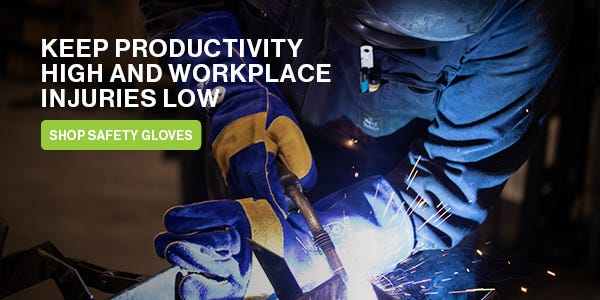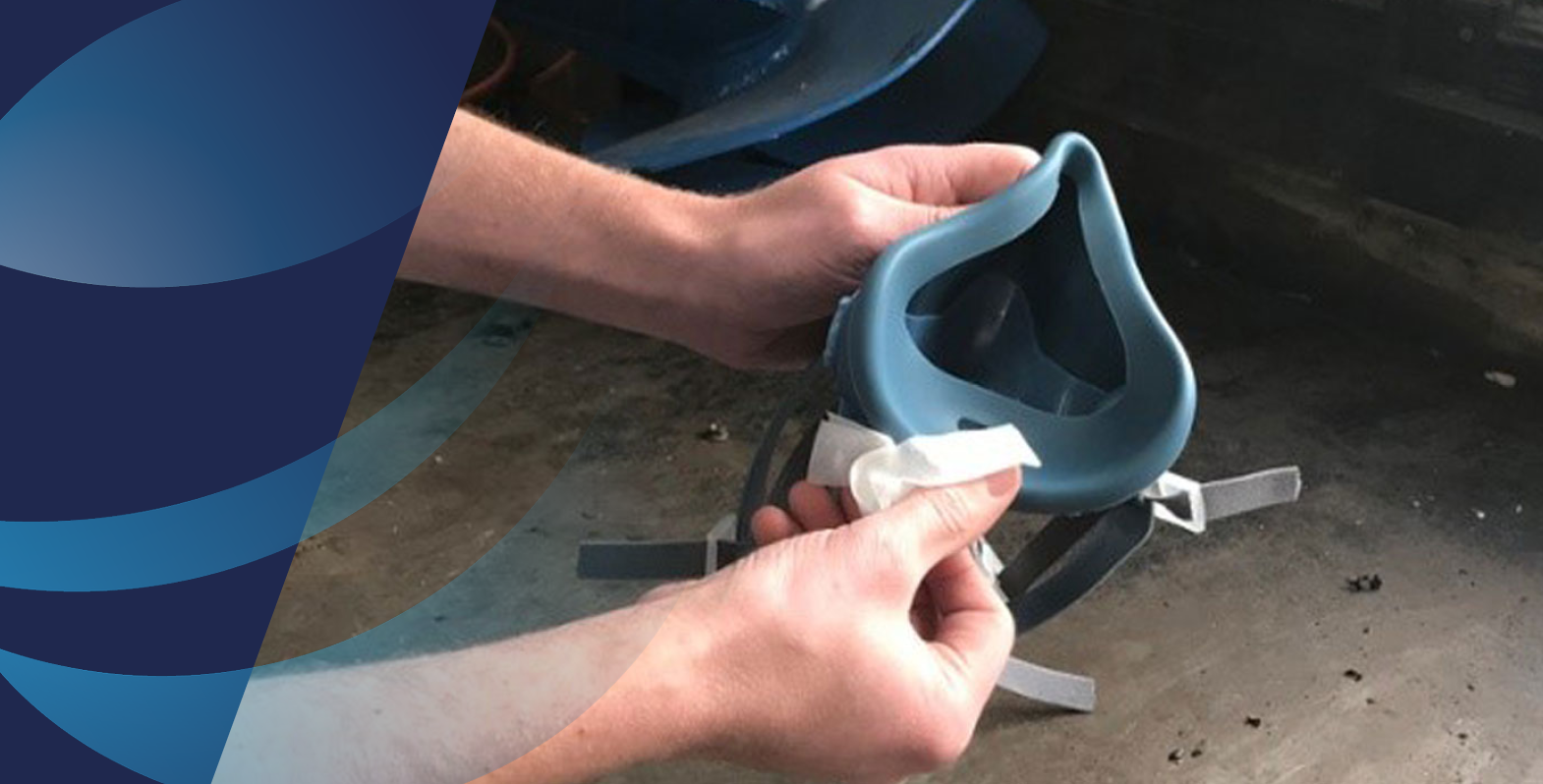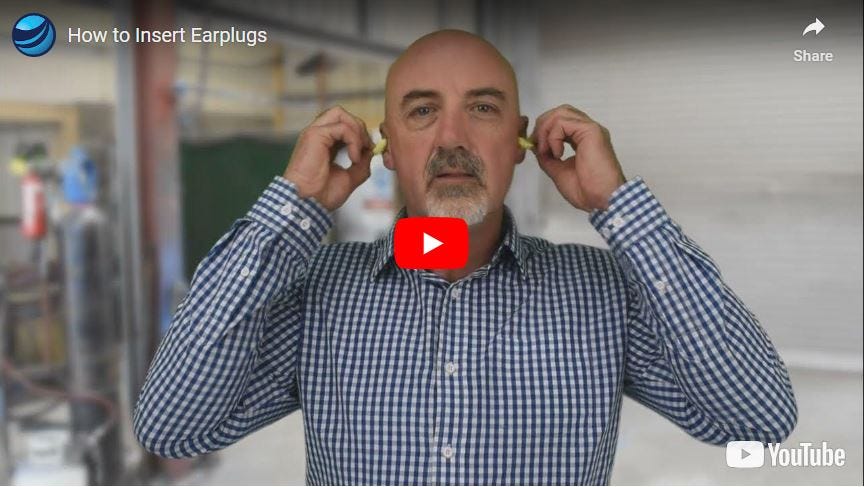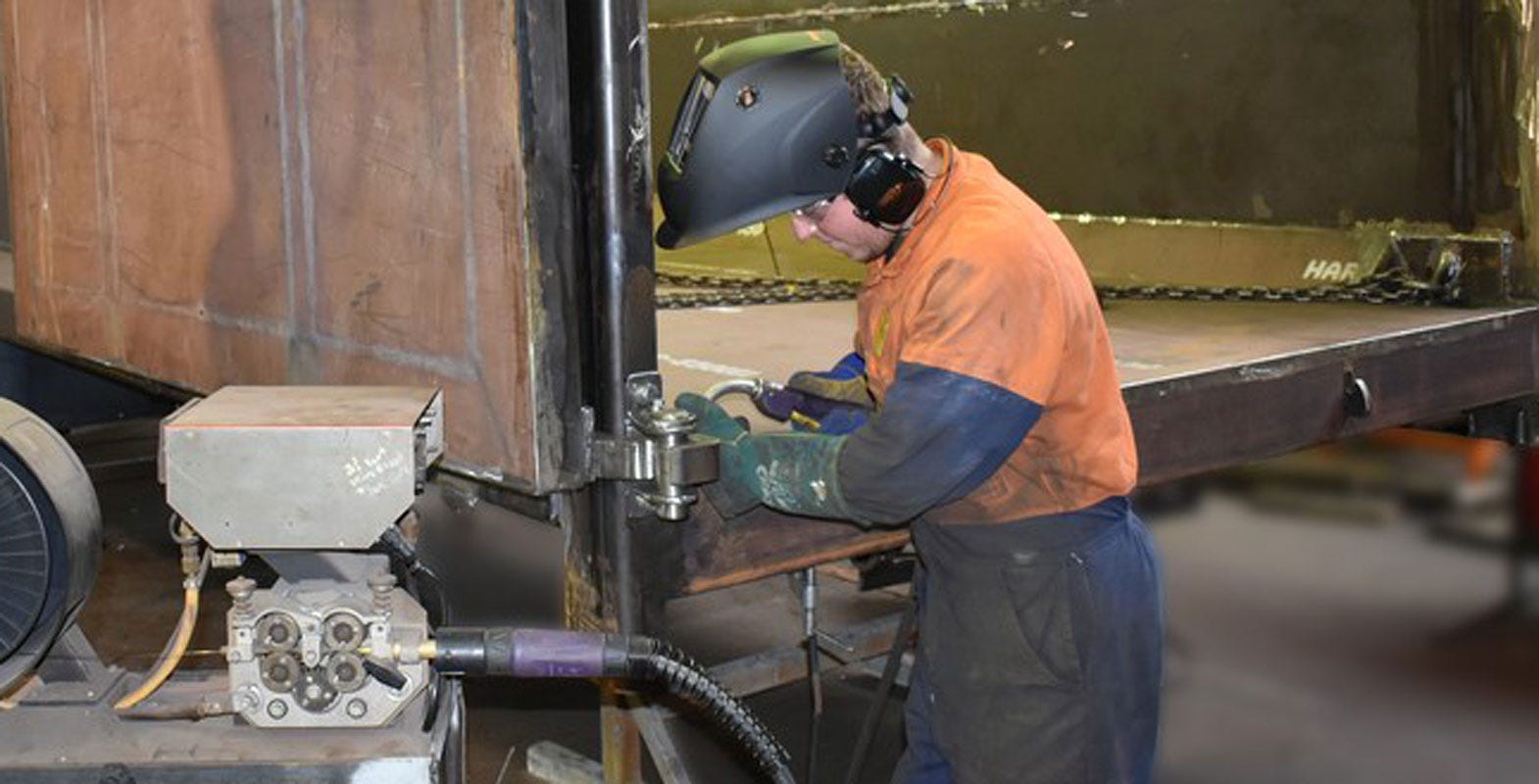PPE - what if my workers won't wear it?
Protecting workers from injury and illness is important. Not only for their health and well being, but for the health of the company (it's hard to get the work done if you don't have anyone to do it!) Then there's the regulations enforced by Worksafe which can get you in trouble if you're not compliant. But what happens when you provide all the equipment but a worker refuses to wear it?
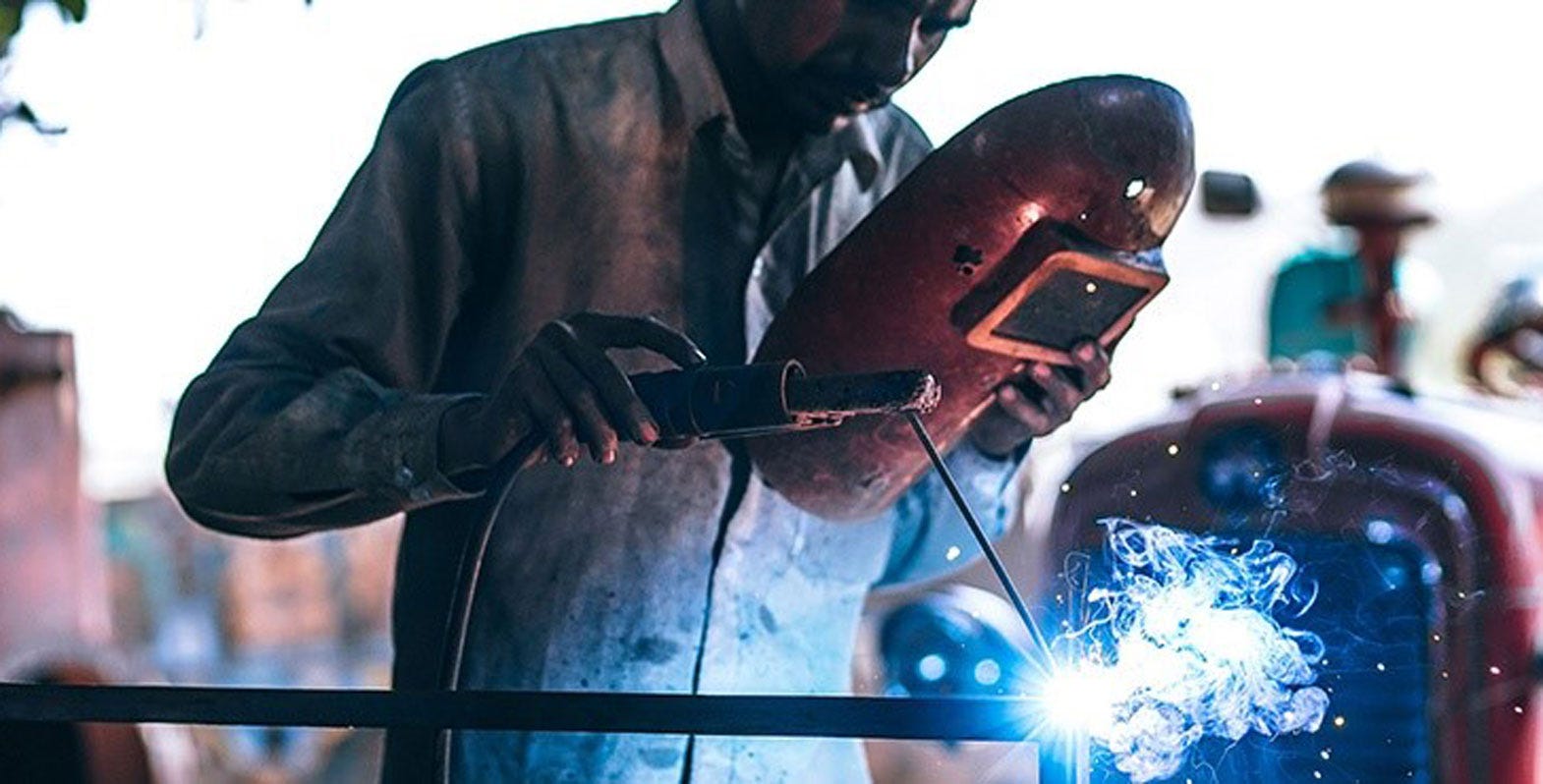
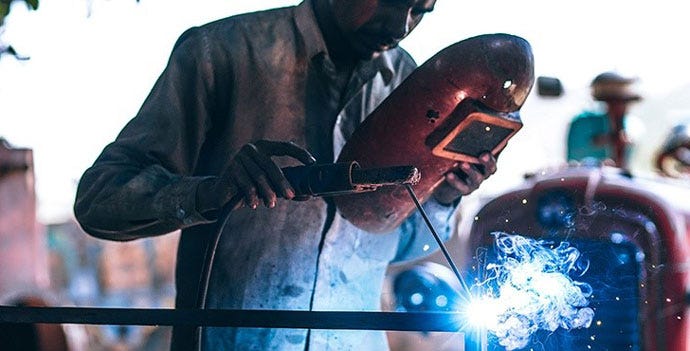
So you've gone to considerable effort to make sure your workers are safe. You've provided welding protection, respiratory, hearing, eyes and hand protection, overalls, jackets and boots. There's signs and information spread throughout the workshop, and policies in place. But there are still workers seen cutting corners and not following the rules - what are the consequences, and what do you do?
The consequences
Let's be clear - it's the employers responsibility to take all reasonable measures to keep their workers safe, so this means monitoring and making sure workers are following the rules. If employers are found to have unsafe work practices they risk being fined, or more severe actions from Worksafe. Where workers are not complying with the appropriate use of PPE, businesses can also suffer from increased sick leave and absenteeism which can affect production.
On the other hand, it is a workers responsibility to take reasonable care of their own health and safety at work. This includes cooperating with any reasonable health and safety procedures/policies in place, and complying with any reasonable instruction given by employers so they can comply with the Health & Safety at Work Act 2015 (HSWA) and regulations
What do I do?
So what are the reasonable steps an employer should take to make sure workers are using the gear that will keep them safe?
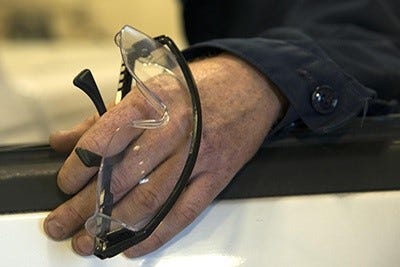

1. Educate
Make sure your workers are informed in the following areas:
- Workplace health and safety rules and regulations.
- The Health & Safety at Work Act 2015
- Dangers/risks specific to your workplace and their job.
- When and how to use PPE provided.
As well as providing training in these areas, instructions and reminders can be posted around the workshop where practicable.
2. Engage
Make sure your workers are engaged and participate in health and safety commitments. Open up communication about matters and ensure there are on-going ways for workers to raise health and safety concerns, be part of making decisions which affect work health and safety, and offer suggestions for improving health and safety.
3. Monitor
It's your duty to monitor your worker's health, so it's a good idea to do regular checks to make sure workers are using the right PPE to keep them safe. This could include random walk arounds, or monitoring individual worker consumable use.
4. Ask questions
If you have a worker who's not using the appropriate PPE - talk to them!
Find out why. Maybe the PPE doesn't fit them? Or is uncomfortable? Perhaps don't last well and stop working within a short amount of time?
Going directly to the source should provide good insight into what's wrong. It's important to find PPE products that provide good value - this doesn't just mean quality vs price. It needs to do the job at hand, including wearability.
It's worth the effort to try different products to see what works for your workshop. Ask suppliers for free samples. Cheaper products often don't last as long, meaning you will use more of them, and it could end up costing you more. At the same time, expensive products may not be the most comfortable. Find a balance, but make sure your workers don't compromise their safety because the product provided doesn't do the job.
5. Take action
If the worker has a reasonable explanation for not wearing the appropriate PPE or following health and safety policies, then work with them to sort it out.
If the worker does not have a reasonable excuse, or still refuses to do the right thing after you have worked with them to resolve issues, then it becomes a matter of disciplinary action.
 Need assistance?
Need assistance?
